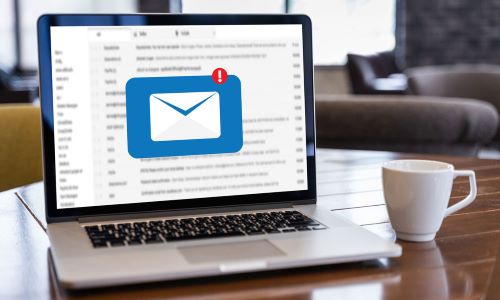Different Types of User Onboarding Emails and Why You Need Them
 By
By
What Is an Onboarding Email?
A client onboarding email is a type of email the user receives right after registration on your site or subscription to a newsletter. The purpose of such emails is to make the customer's experience as smooth as possible. A chain of onboarding emails will help build customer’s trust and eventually inspire them to take action (e.g., buy your product). These emails serve different purposes: Answering the frequently asked questions about the service Providing instructions on how to use the service Welcoming new users Offering ways to contact customer support Encouraging further action Your email onboarding strategy depends on your services and the product you sell. One thing you need to remember is that boring emails won’t get you far - the first impression really matters. You can up your email template design game by using beautiful layouts to make your emails memorable. Onboarding emails allow you to show your customers how your product or service can improve their lives. They might have signed up just out of curiosity or to gain some perks and freebies. Still, with membership onboarding emails you can convince them that your product is valuable and further engage them using different marketing tools. Here’s how to write a series of user onboarding emails: Get to know your target audience Divide the recipients into groups according to their actions and habits Write welcome emails for every phase of the client’s journey Invoke the user’s feelings Make use of a single, strong CTA Send out emails regularly Remember to personalize your emails, catering to a certain type of user with their needs or problems that need solving. This way, your onboarding email campaign will be truly successful. During the onboarding process, customers can receive a variety of emails, the main purpose of which is to grab their attention. It doesn’t always have to be about buying or selling particular products/services. You can build strong customer relationships by offering interesting content or something fun to make your emails memorable. We all like rewards, and it’s human nature to seek encouragement. That’s why a simple congratulations email can do wonders for your service. Whether it’s a milestone reached using your service or some kind of ‘level’ achieved, such emails boost the users’ confidence and inspire them to continue using your product. It’s important to show your customers how to use your service and get the most out of it. Simple tutorials with beautiful visuals can be a game changer, and don’t forget you can also use videos. Some of the perks of your service may not be obvious to the customer, so it’s always good to lay out all the options. A warm welcome is always a great way to start your series of membership onboarding emails. These emails are designed to make a good first impression - it’s the basics of human psychology. The message could be simple, but it’s important to make the emails as light and engaging as possible. Good visuals are important, too. Your onboarding emails don’t have to be about selling something. Sometimes, you just want to build a stronger bond with the customer. For that, you can use fun and engaging tools like games, quizzes, and interesting surveys. With the help of a quiz, you will have an opportunity to familiarize yourself with the customer’s needs. If the users enjoy it, they will remember your brand for sure. So, now you know there are various kinds of welcome emails, and you are free to use them all. The point is to find out as much as you can about your audience before writing an onboarding email sequence so it ends up looking so exciting and enthralling that customers get excited to receive each next email of the series. Then, make it exciting and memorable, using a different approach every time. Combined with other marketing tools, email onboarding will allow you to grow your business naturally while showing your customers that they truly matter.
Why Are They Important?
The Main Types of Onboarding Emails
Encouraging
Explaining the Steps
Welcoming the User
Entertaining
Conclusion




